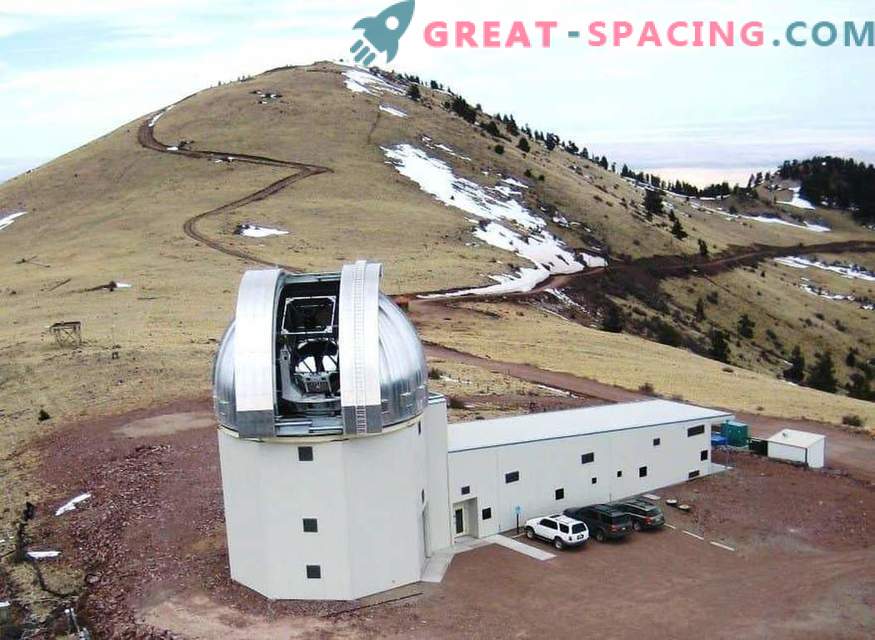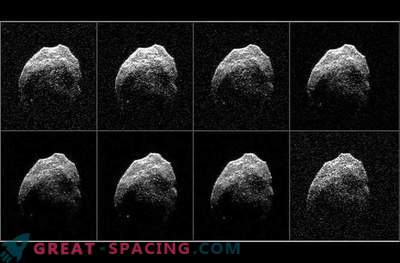
The International Astronomical Team, led by NASA, successfully completed the first global testing using the example of a real asteroid to test the capabilities of the response system. Detailed surveillance started in July, sending it to the Very Large Telescope object. The goal is to track and characterize the asteroid as a potential drummer and test the International Warning Network.
The studied object was 2012 TC4 - a small asteroid (10-30 m), close to Earth orbit. October 12, he flew at a distance of 43,780 km. Prior to that, the USA, Canada, Germany, Colombia, Italy, Israel, the Netherlands, Japan, Russia and South Africa tracked his path for 6 months.

Asteroid 2012 TC4 is fixed as a central point. This image was taken on August 6 from 37 individual 50-second exposures at the Very Large Telescope.
Scientists were confident that they were well prepared, and testing confirmed this. Now they are planning to move to more extensive international cooperation in order to improve the security system of the planet.
Using the information collected, researchers from the Jet Propulsion Laboratory were able to accurately determine the orbit and predict the distance from us on October 12. Everything indicates that the asteroid is not dangerous in the future. The review also makes it possible to understand how effects, like the pressure of solar radiation, can smoothly change the orbit of small celestial bodies.

The heliocentric orbit of TC4 changed due to close approaches to Earth in 2012 and 2017. Blue marks the trajectory before the span of 2012, purple - after the span, yellow - after 2017
The rotation speed was also able to be fixed thanks to a network of optical telescopes. This is a tiny object, so expect a rapid rotation. But for one turn it took as long as 12 minutes and the asteroid fell apart.
NASAD antenna from the 100-meter telescope of the National Astronomical Observatory of West Virginia allowed to study the shape of the asteroid and composition. It is an elongated object with a length of 15 m and a width of 8 m. It can be dark and rich in carbon or bright igneous material.

Astrometric and photometric observations from the 2.4-meter telescope at the Magdalena Ridge Observatory
The radar identifies asteroids due to the reflectivity of the surface. Testing was also used to test communications between various observers. It turned out, if necessary, you can activate the entire network in a short time.











































